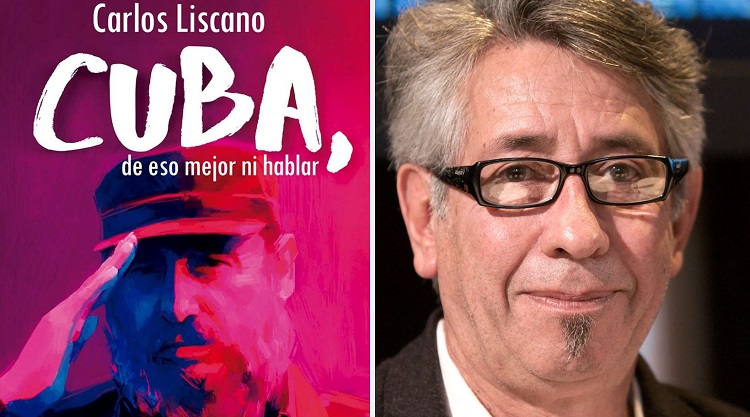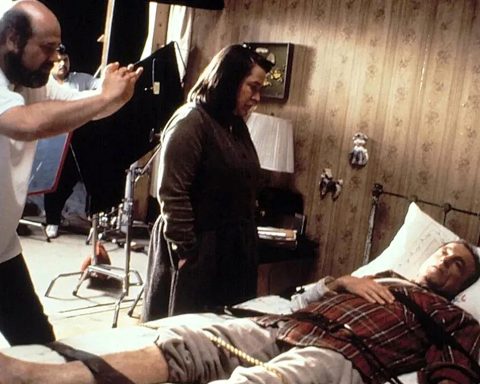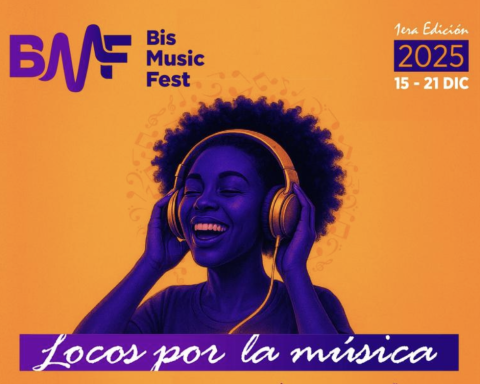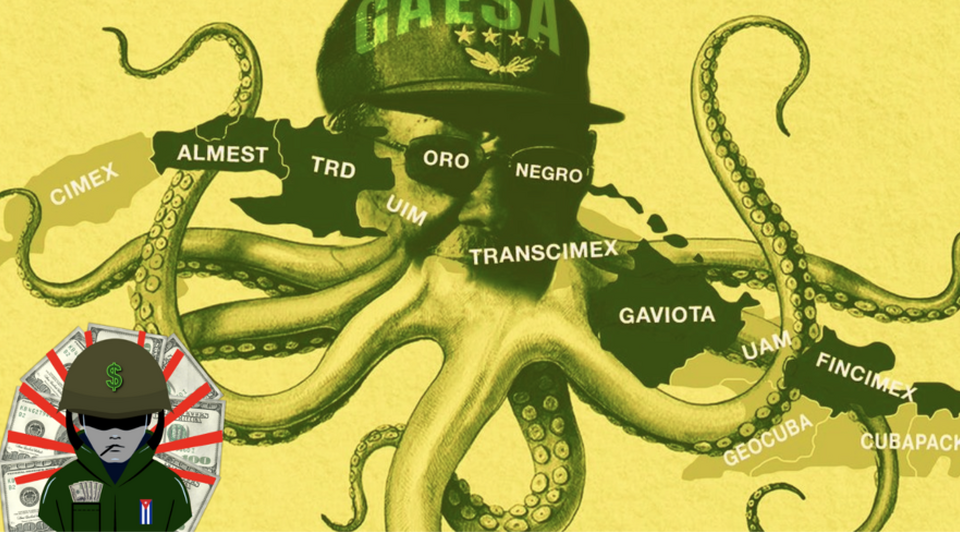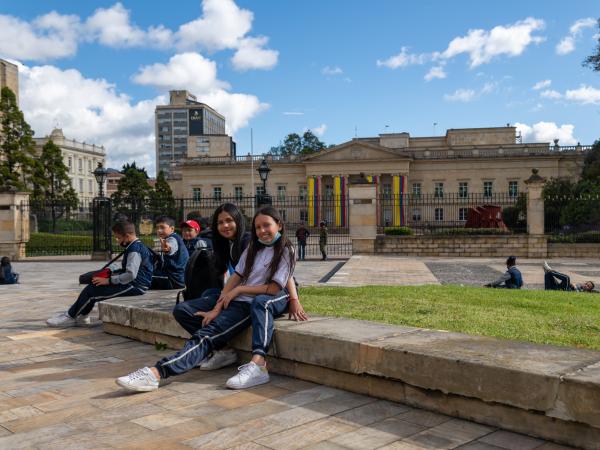MADRID, Spain.- “Cuba is a very poor country and not because of the blockade, but because it does not produce anything. In Cuba there are no freedoms of any order. It is the dictatorship of the communist party. More specifically: It is the dictatorship of the family of Fidel Castro and of a small group of generals and bureaucrats who for six decades accepted and applauded the boss’s messianic delusions”, points out the Uruguayan leftist writer Carlos Liscano in his book Cuba, better not to talk about that.
In this sense, Liscano abounds in Cuba’s dependence on the USSR, “a time when not even basic food was produced.”
“The result of the dependency policies is that today Cuba does not produce anything, no sugar. It has no industries, it has no business culture. Its people have lost their work habits and skills… It is the legacy of the Commander in Chief, a megalomaniac who had the world as his stage,” says the playwright and journalist.
The text, recently published by the Fin de Siglo publishing house, is the chronicle of the disenchantment experienced by its author, who traveled to Cuba on several occasions and met with the dictator Castro.
Liscano, who was director of the National Library of Uruguay during the presidency of José Mujica, recounts one of these visits: “I understood in Havana that if that was socialism, I didn’t want it for Uruguay. I began to understand that Uruguayan society had solid republican institutions, created over decades by right-wing parties, and habits of coexistence that were not only unknown in Cuba; In addition, the Cuban government had no interest in promoting something similar on the island. When I asked why there were no production cooperatives, they told me that this was pure capitalism. The Commander in Chief hated cooperatives. Why couldn’t Cubans travel abroad, like any other Latin American? The answer, as for so many questions, was silence, the face of fear.
The book, reviewed by The Observer, also refers to Fidel Castro, described by Liscano as “a cruel dictator, who only left speeches”, and denounces the repression of intellectuals and homosexuals; violations that “the left does not recognize”, nor does it recognize “the fascist character of the repression”.
“Today Cuba is an issue that cannot be discussed with friends from the left. I have dedicated the last four years to reading about Cuba, press work, books, academic research. When I try to say something, even people who have never been to Cuba or have read anything about the Cuban reality tell me that I have a distorted view, they talk to me about the blockade, etc. (…) There are still among us those who, as we young leftists did sixty years ago, call those who leave Cuba worm. In Cuba, moreover, as if the country were a large barracks, those who leave are told deserters”, writes Liscano.
Carlos Liscano has published more than forty titles, among them: the tyrant’s mansion (1992), The road to Ithaca (1994), The Wagon of Fools (2001), The writer and the other (2007), ventriloquism profession. Stories 1981-2011 (vol. 1 and 2) (2011), lazy writer (2014), White Raven Life (2015) and The origins (2019).
He received the order of Knight of Arts and Letters by the French government. His works have been translated into English, French, Portuguese, Catalan, Italian, Arabic and Swedish.
Receive information from CubaNet on your cell phone through WhatsApp. Send us a message with the word “CUBA” on the phone +1 (786) 316-2072, You can also subscribe to our electronic newsletter by giving click here.
